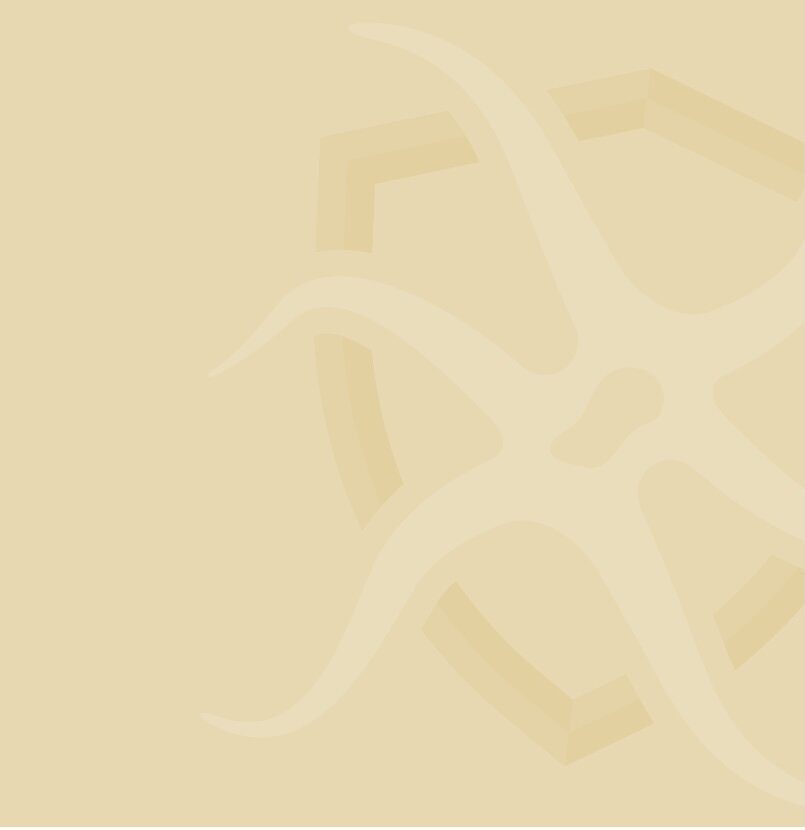
Skin Care Solutions
Skin Peels
Peels for The Superficial Skin Layers
The use of peels to rejuvenate the skin dates back as far as the Egyptians, who used sour milk or fermented grape skins. What they did not realise was that they were benefiting from the light skin peeling effects of a family of chemicals called hydroxy acids. Today, scientists have identified many safe forms of acid, which can be used to induce rejuvenation in our skin.
Michaela uses an advanced line of the latest generation peels customised for your skin concerns which are fast and convenient, taking about 30 minutes and need virtually no recovery time. You can be back to your normal daily routine immediately afterwards.
Used to Treat:
Skin Rejuventation
Dull Skin
Skin Blemishes
Build-up of Dead Skin Cells
Fine Lines and Wrinkles
Stretch Marks
Scars
Skin Imperfections
Mild Acne
Uneven Skin Tone
Treatment Time: Dependent On Treatment
Treatment Costs From: £60 (Dependent Upon Strength/Combination and Area Treated)
A course of six peels at three to four-week intervals is recommended to achieve the best results, in between intervals you need to keep it moisturised as directed and use a medical topical high factor sunscreen.
Ingredients Used for the Superficial Skin Layers Include the Following
AHAs (Alpha Hydrating Acids)
Glycolic Acid
(derived from sugar cane)
Removal of surface skin cells, stimulating skin renewal to improve the appearance of the skin. Skin texture is improved. All body areas appear to respond well to treatment with glycolic acid; however, the arms, hands, neck, and chest all improve at a slower rate than the face.
Lactic Acid
(obtained from fermented milk)
Indicated for sensitive skins, stimulates the growth of new collagen and elastin fibres increases hydration levels of the skin, gives luminosity, and unifies the colour of skin.
Mandelic Acid
(derived from bitter almonds)
Ideal for aged, hyper-pigmented and oily skins, promotes a light and progressive exfoliation of the skin, depigmentation and antiseptic effects, stimulates the new synthesis of collagen, acts superficially and does not cause redness giving excellent results.
Dicarboxylic Acid
Azelaic Acid
(found in wheat, rye and barley)
Most effective on Rosacea or Acne type skins due to its anti-inflammatory and anti-redness properties. helps reduce sensitivity, diminish the appearance of skin blemishes along with helping post-acne marks and Discolouration.
It is an antioxidant and can be used in combination with other acids.
BHAs (Beta Hydroxy Acid)
Salicylic Acid
(obtained from willow bark)
Helps to exfoliate the skin while decongesting pores and reducing irritation. Revitalises sensitive skin and is suited for people with oily, acne, or sensitive skin, as well as darker complexions. Ideal for combating whiteheads.
Alternative methods of exfoliation include:
Retinol which is clinically proven to exfoliate and improve the appearance of fine lines, wrinkles, acne-prone skin, and skin laxity.
Note: visible exfoliation will likely occur for a few days following the peel.
For skins which are sensitive to other exfoliating methods:
Enzyme therapy which is a gentler and progressive approach.
PHAs (polyhydroxy acids) are cousins of AHAs but have larger molecules therefore cannot penetrate as deeply as AHAs and BHAs. They work on the surface without disturbing the deeper layers therefore less irritating. Also, the skin does not become photosensitive although we still advocate the regular application of a sunblock as always.
